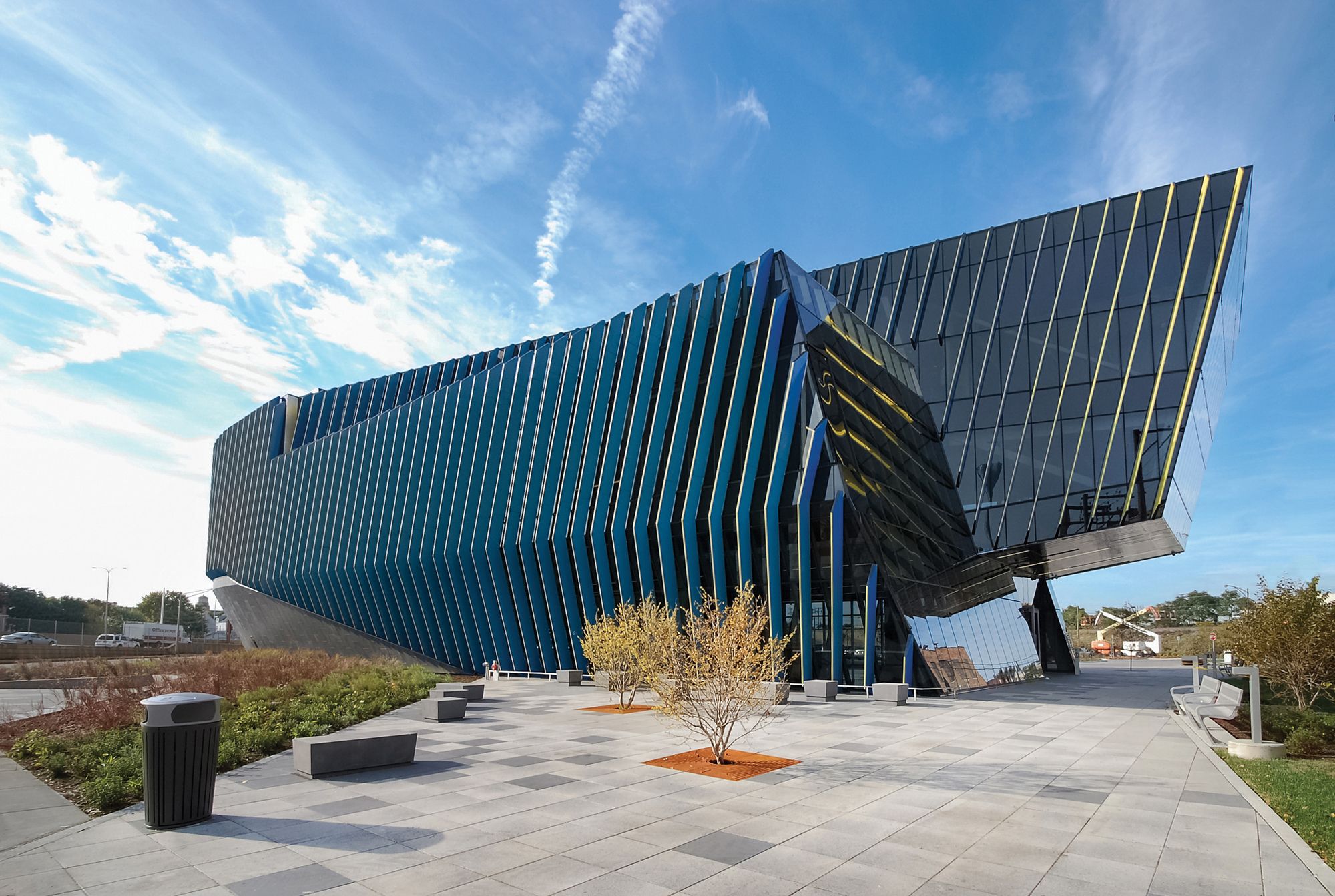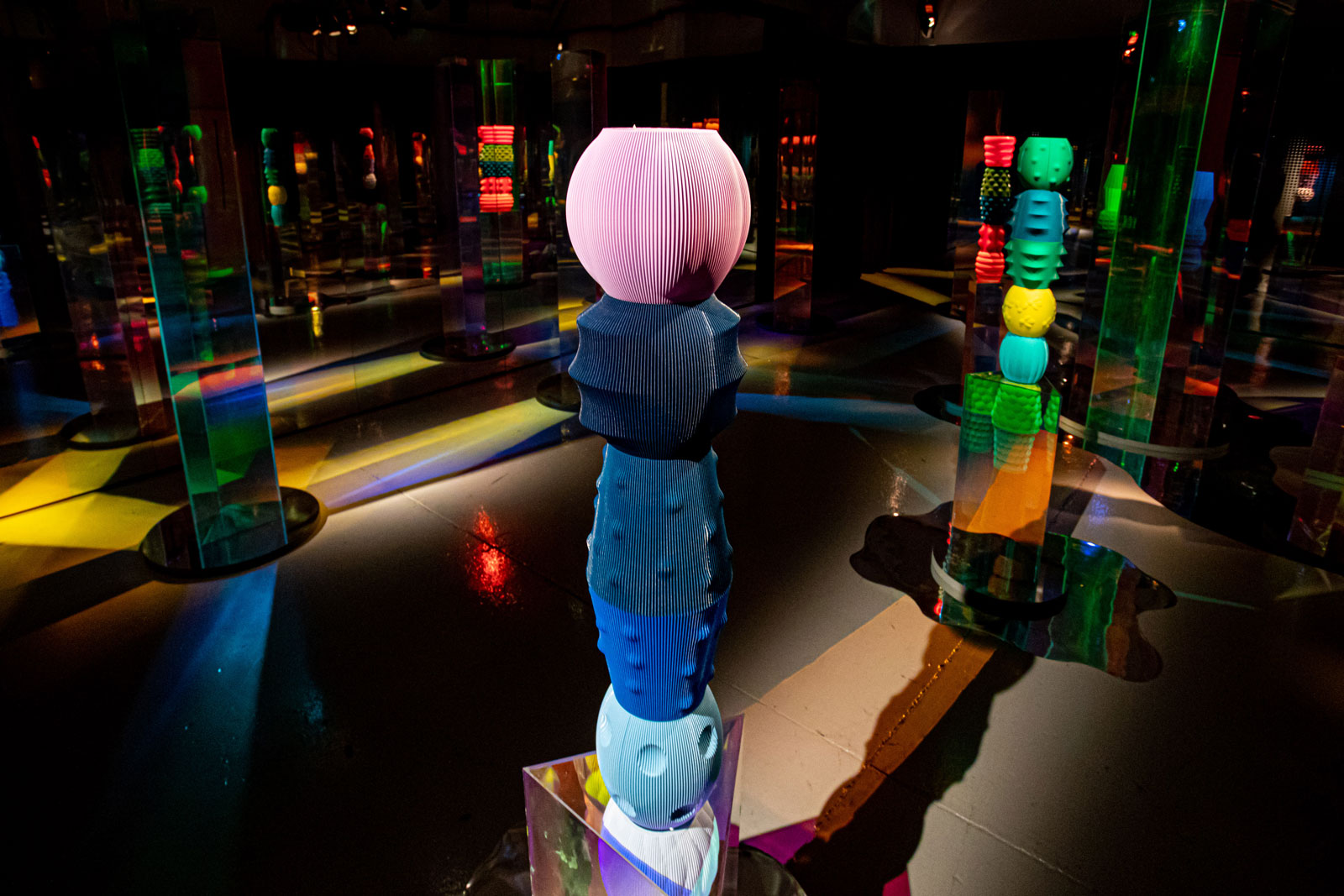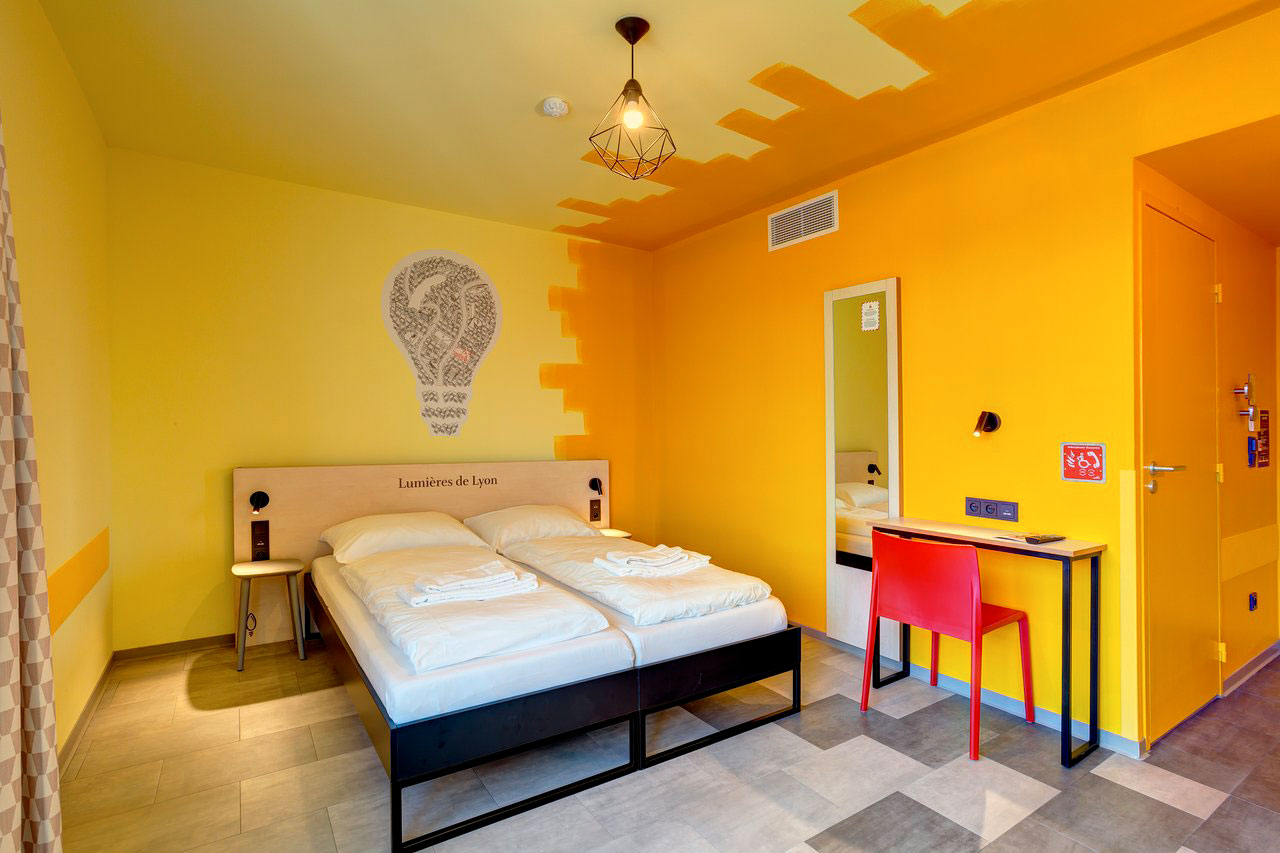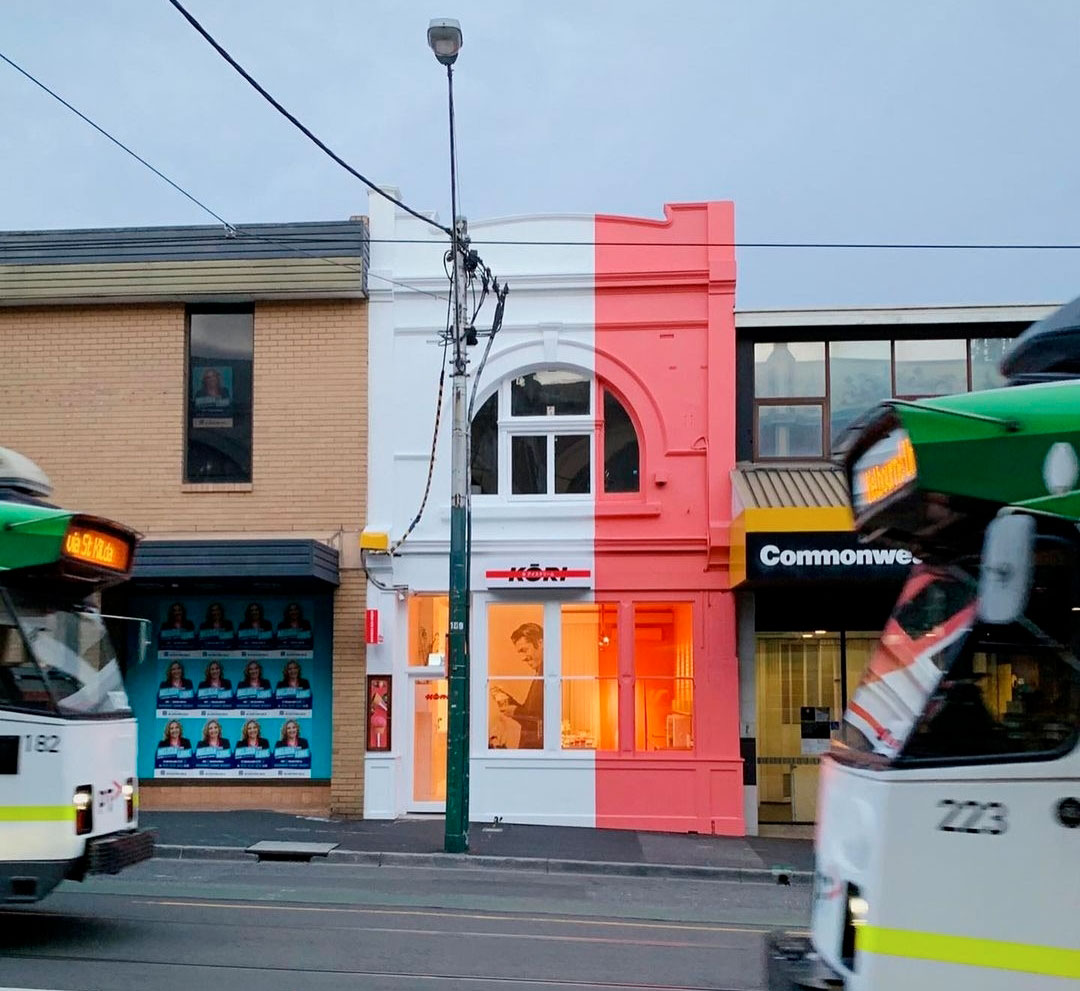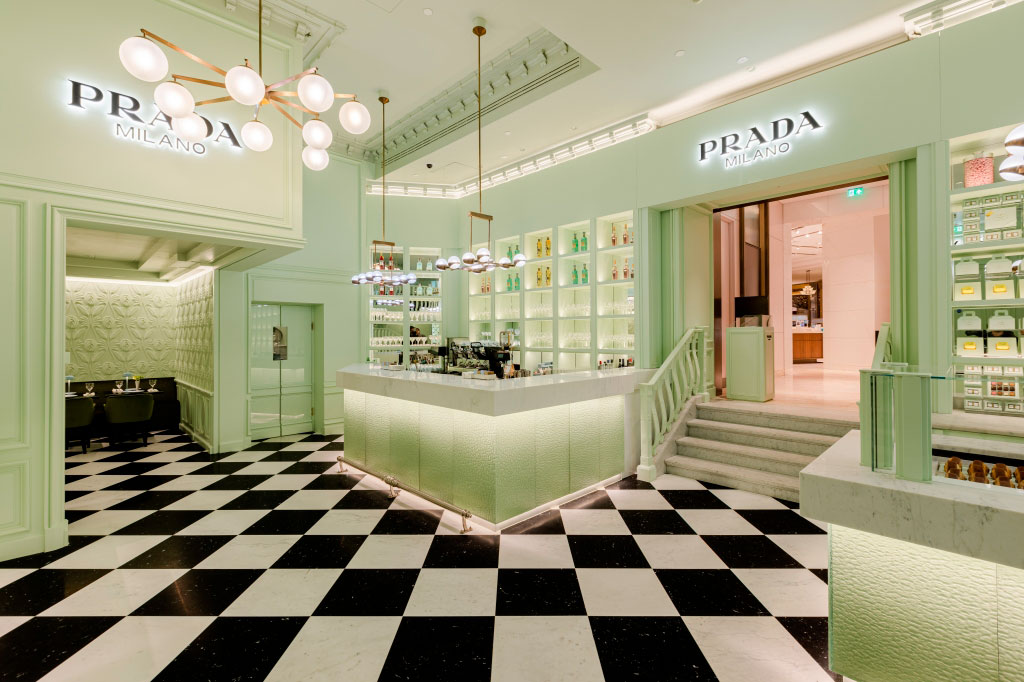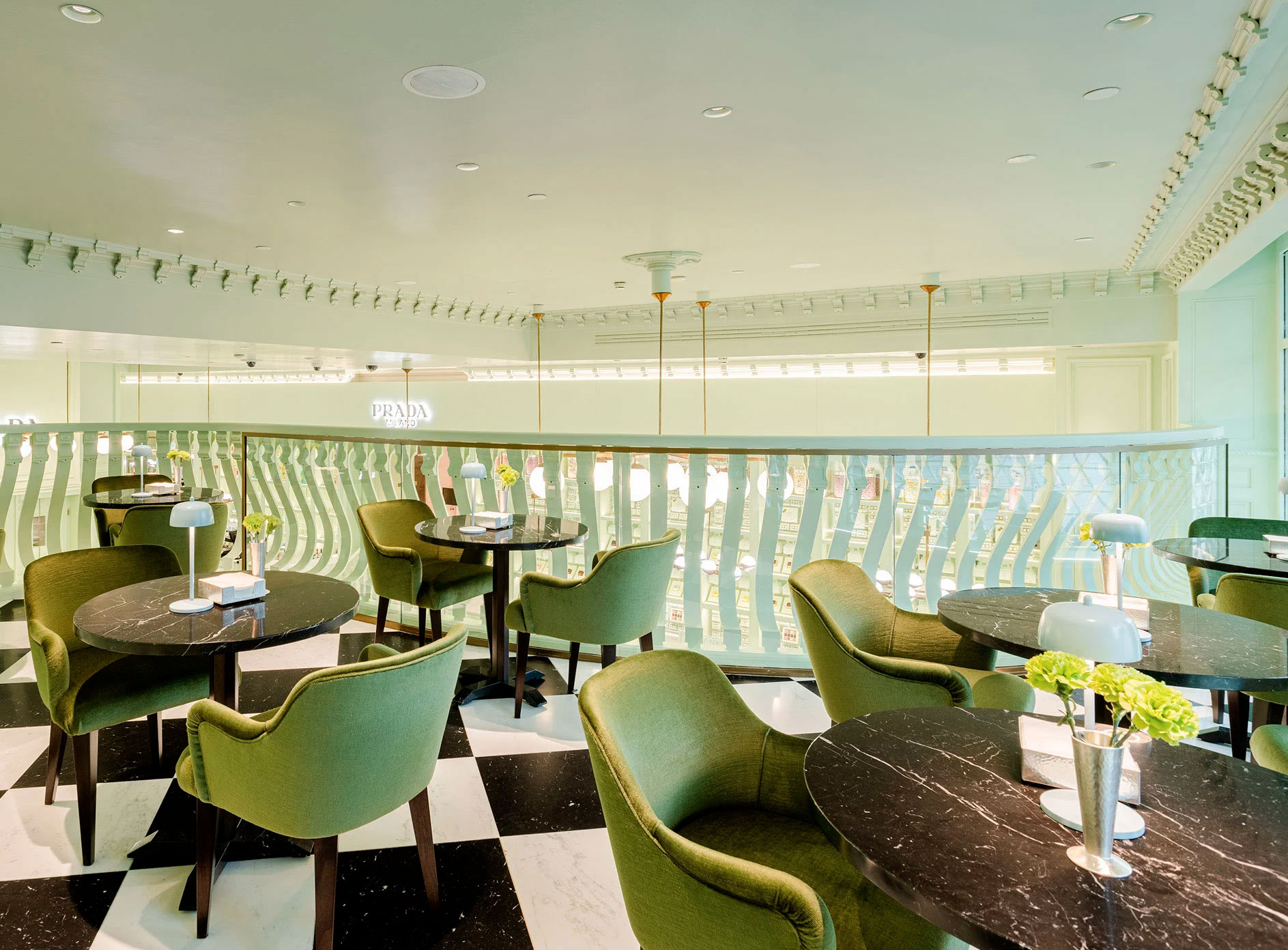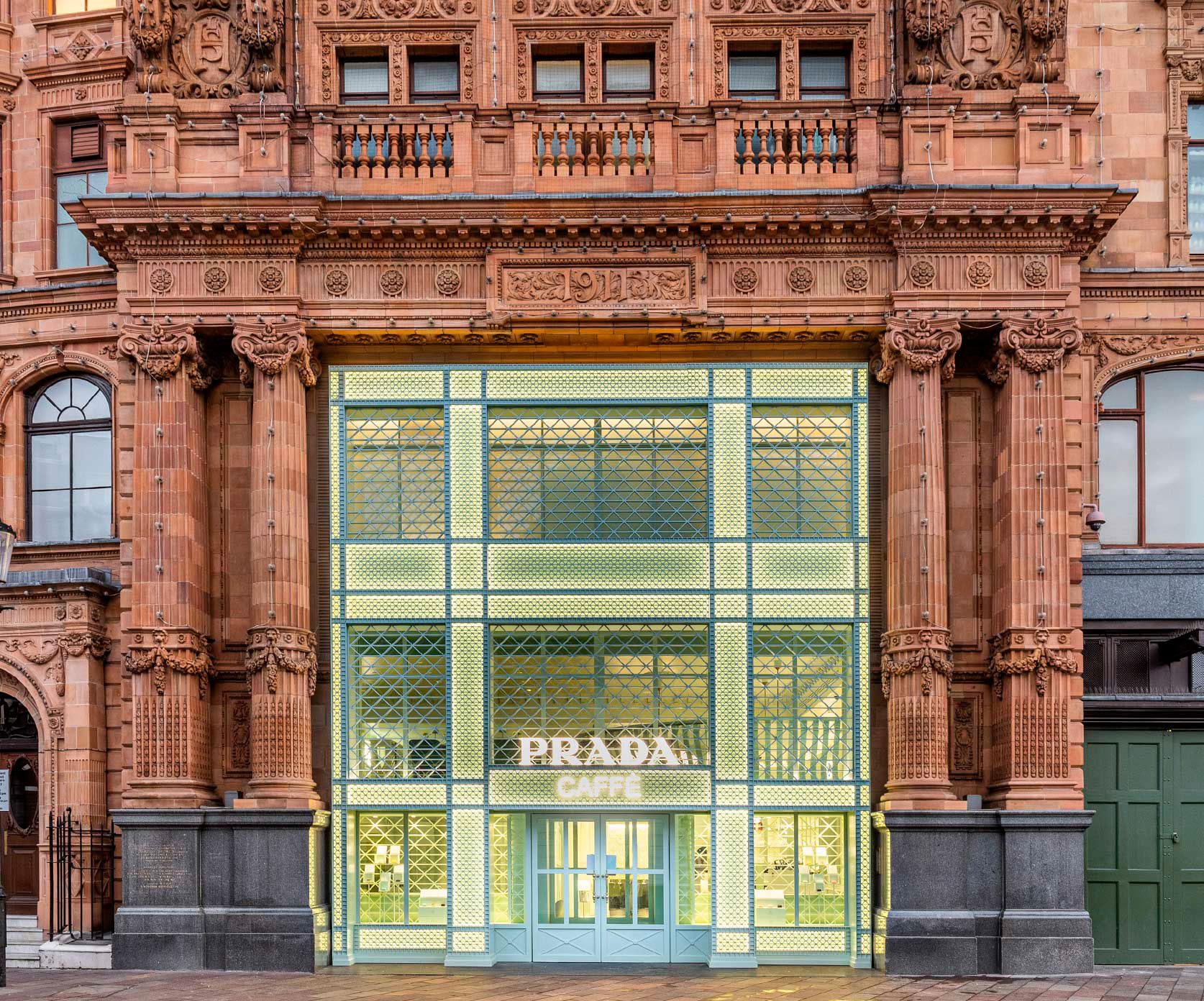UN’ARCHITETTURA PER IL SOLE
ARCHITECTURE | NEIU
Situata a Chicago, la Northeastern Illinois University (NEIU) El Centro è rivolta soprattutto agli studenti delle minoranze, la maggior parte dei quali diventeranno i primi nella storia della loro famiglia a raggiungere l’istruzione superiore. L’obiettivo principale di questo progetto era quello di creare un edificio che diventasse un faro per una comunità multietnica, in grado di generare un senso di appartenenza attraverso opportunità educative, professionali e culturali.
L’edificio ha un assetto architettonicamente unitario, a forma di boomerang, con un andamento assai dinamico e asimmetrico. Le facciate rivolte a Sud, affacciate su un’enorme high-way, sono rivestite da una fitta sequenza di stecche verticali con un effetto optical-cinetico: in una direzione appaiono gialle, dall’altra sono grigio-azzurre.
Ma non è un gioco formale. I listoni, disposti secondo uno schema algoritmico, sono pannelli solari che catturano la luce.
An architecture for the sun – Located in Chicago, Northeastern Illinois University (NEIU) El Centro caters primarily to minority students, most of whom will become the first in their family history to attain high school education. The main objective of this project was to create a building that would become a beacon for a multi-ethnic community, capable of generating a sense of belonging through educational, professional and cultural opportunities.
The building has an architecturally unified structure, in the shape of a boomerang, with a very dynamic and asymmetrical trend. The south-facing facades, overlooking a huge highway, are clad in a dense sequence of vertical slats with an optical-kinetic effect: in one direction they appear yellow, in the other they are grey-blue.
But it’s not a formal game. The planks, arranged according to an algorithmic pattern, are solar panels that capture the light.




